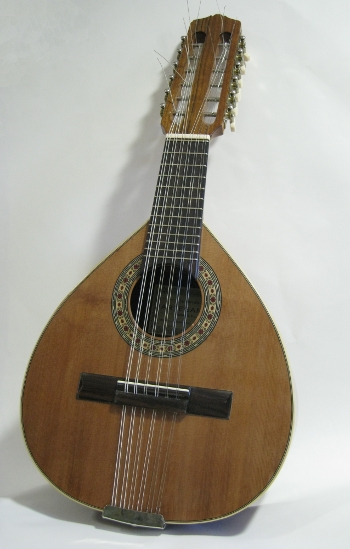Video recording 4. Violin and guitar
Salvador G. Aranda. (2019) Verdiales estilo Comares. Violín y guitarra. Youtube channel: Salvador G. Aranda. Retrieved from: https://www.youtube.com/watch?v=J7JGLpin03Q Last visit: 19/11/2022
Video recording 2. Pandero.
Rafael Barba (2010). Verdiales. El pandero en el estilo Comares. Youtube channel: Pandaverdiales. Retrieved from: https://youtu.be/DX4pUN2cDag. Last visit: 19/11/2022
Video recording 5. Laud.
Moisés Contreras (2011). Verdiales. Laud (4). 'Subías'. Youtube channel: Pandaverdiales. Retrieved from: https://www.youtube.com/watch?v=LZbG2_66bJU Last visit: 19/11/2022
Image 4. Castanets with colorful ribbons
J. Gutierrez (2009). Las castañuelas. Retrieved from: http://folkloreverdial.blogspot.com/p/61-instrumentos.html Last visit: 19/11/2022
Video recording 7. The conch.
Verdiales en red (2020). La historia de la caracola de verdiales. Youtube channel: Verdiales en red. Retrieved from: https://youtu.be/2k_z10OtzF4 Last visit: 19/11/2022
Video recording 8. Singing.
Tamara Cañete (2020). Quédate en casa y aprende verdiales: cante mujer estilo Almogía. Youtube channel: Federación Provincial de Pandas de Málaga. Retrieved from: https://www.youtube.com/watch?v=zT7EnAF51UA&t=2150s Last visit: 19/11/2022
Video recording 9. A group of three, 'trenzaíllo', dancing.
Desy Portillo (2010) Panda de Verdiales Jotrón y Lomilla. Youtube channel: Desy Portillo. Retrieved from: https://youtu.be/LHvN-I8x-qE Last visit: 19/11/2022
Video recording 3. Platillos.
Rafael Barba (2010). Verdiales. Platillos estilo Comares. Youtube channel: Pandaverdiales. Retrieved from: https://www.youtube.com/watch?v=MIUVUBC6nb8. Last visit: 19/11/2022

